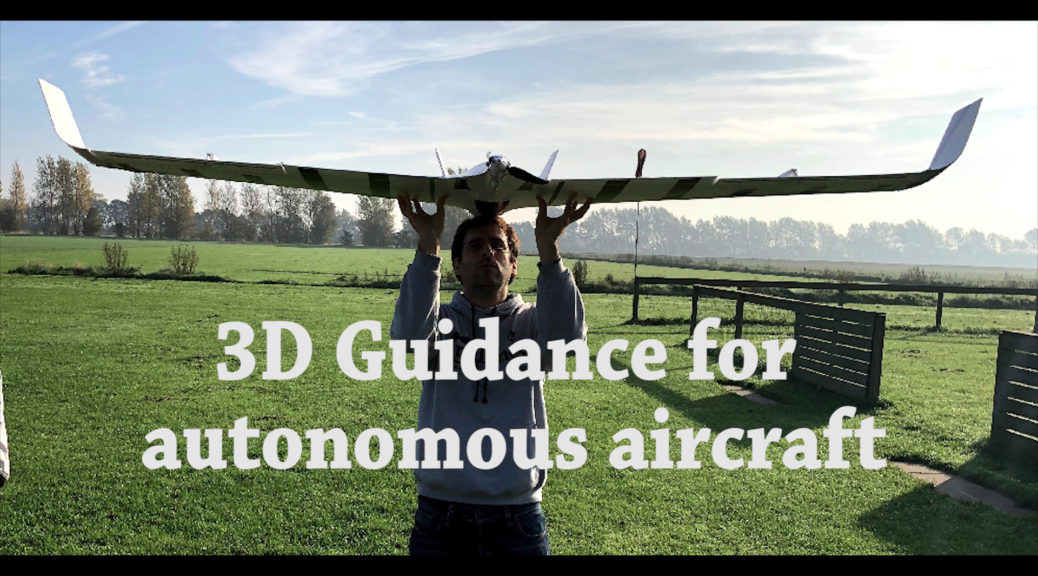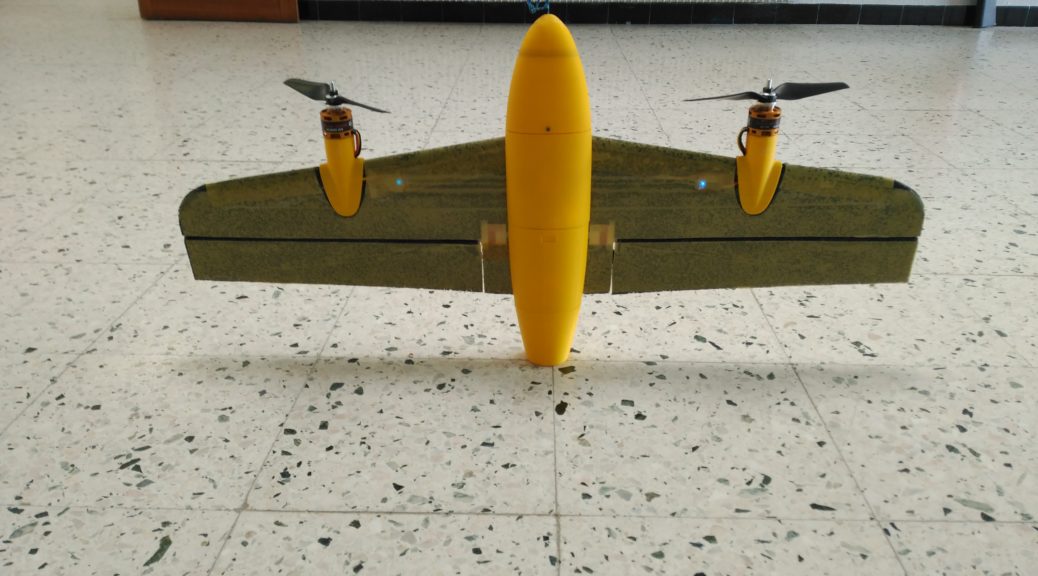Now, you can have your aircraft tracking a (smooth) 3D parametric trajectory. This is an extension of the existing GVF in Paparazzi, in fact, now we allow even 2D trajectories with self-intersections.
It is based on our accepted article in IEEE Transactions on Robotics Singularity-free Guiding Vector Field for Robot Navigation
All the instructions to use the algorithm are in the wiki.




